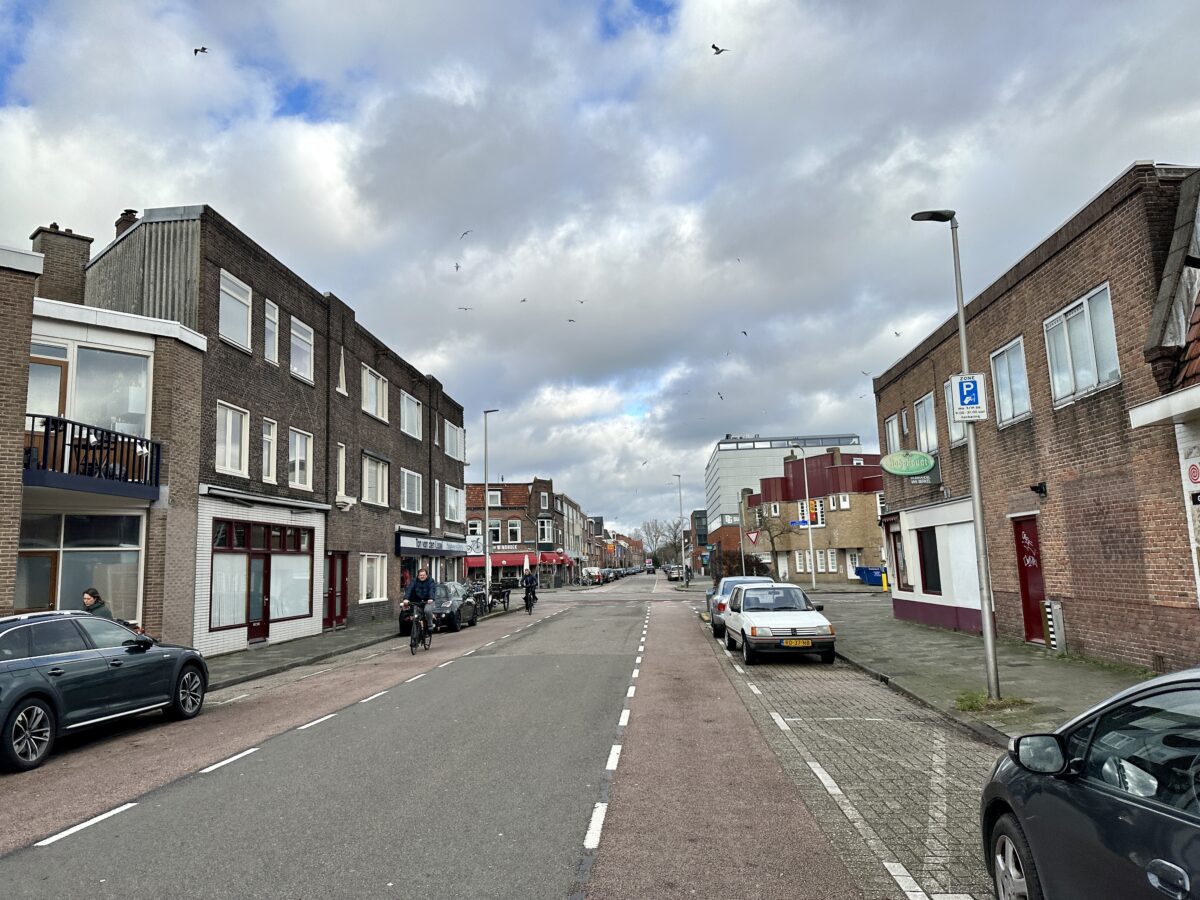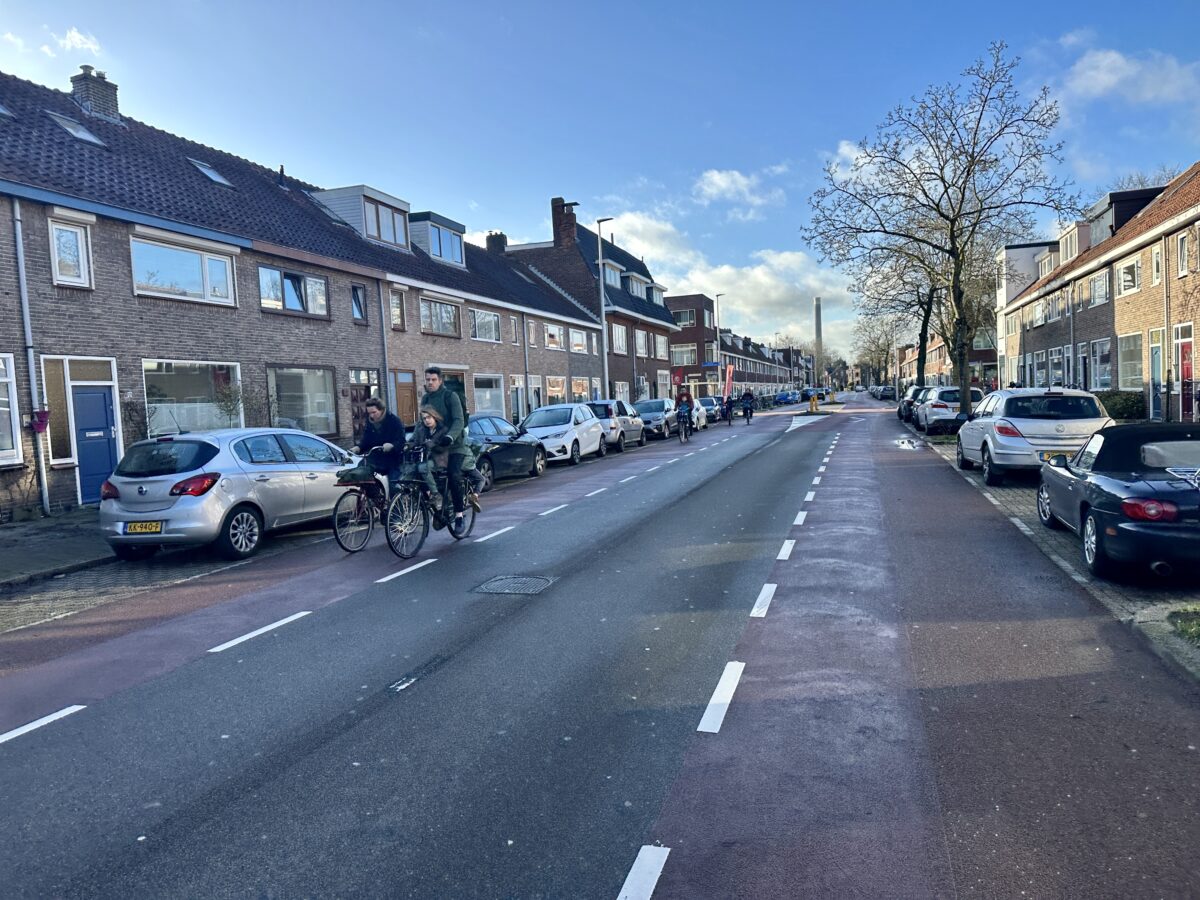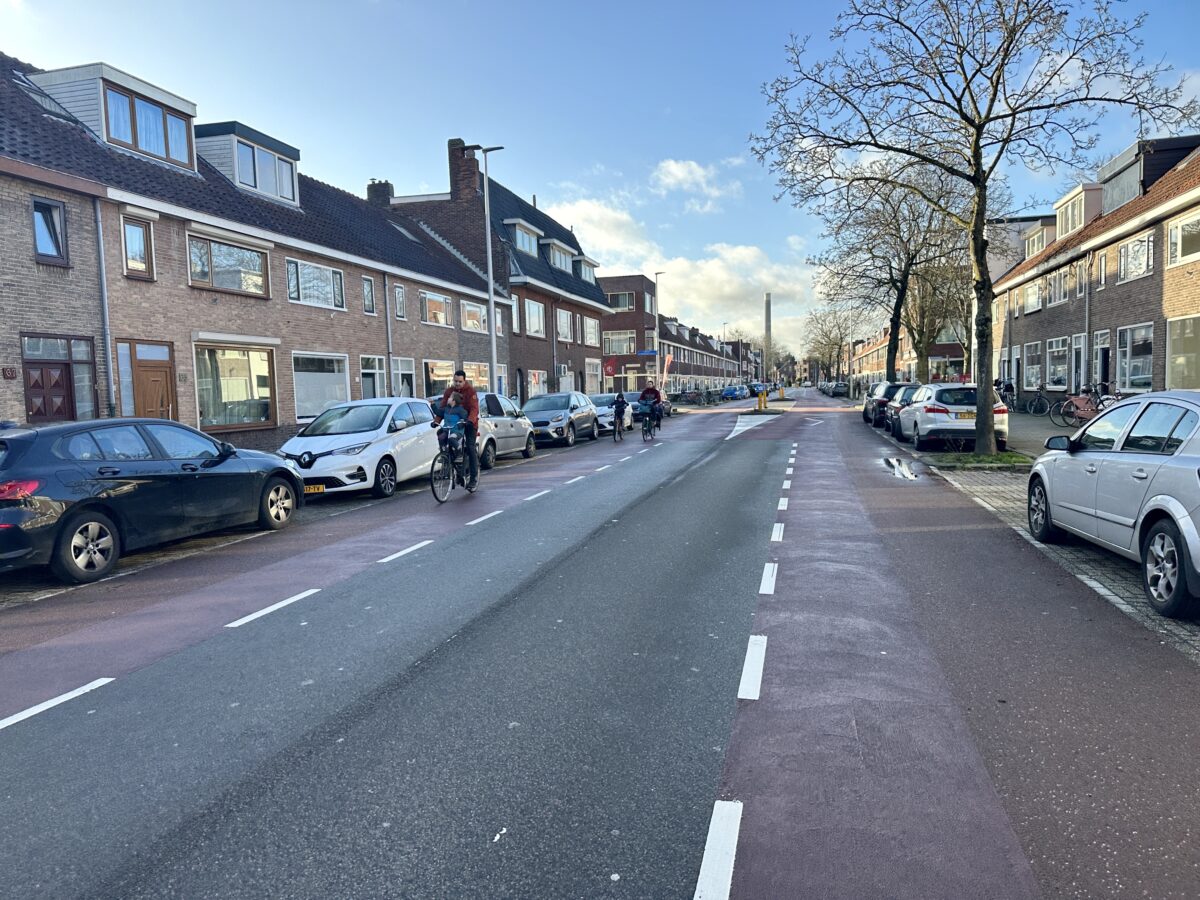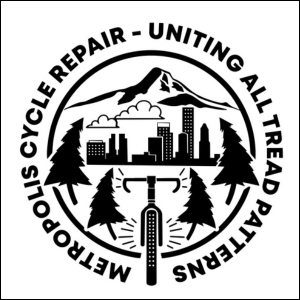

Info Box
- Fact
- Fact 2
- Fact 3
— This post is part of BikePortland Staff Writer Taylor Griggs’ trip through Europe. See previous dispatches here.
In Utrecht, people driving cars are treated like bicyclists are in Portland.
Much has been made about advisory bike lanes in Portland over the last few months; and it just so happens I’m currently in the Dutch city that helped inspired them.
Advisory bike lanes or advisory shoulders (when there’s no sidewalk), also known as “edge lane roads”, create dedicated space for bicycling on either side of a narrow, low-traffic street, leaving the center lane to be shared between car traffic in both directions. But the bike lanes are striped with dashed lines, indicating that drivers can pass into them briefly if they have to pass another car coming toward them (and there isn’t anyone using the adjacent bike lane). You can read our previous coverage for a more detailed look at what this infrastructure entails.
These new installations are exciting to PBOT planners and many bike advocates. To conflict-wary planners, advisory bike lanes are good because they’re fairly uncontroversial and don’t require completely redesigning a street. And advocates are happy the city is exploring new ways to include bike infrastructure on streets that might otherwise be without. Plus, this type of street design is a Dutch import, and anything that makes Portland look a little more like The Netherlands is great, right?
So of course, I was keen to look out for this infrastructure while biking around in The Netherlands, where I am right now. I spent the morning yesterday cycling through Utrecht, a city near Amsterdam that’s known for being even more bike friendly than its more internationally-recognized neighbor (Utrecht was was ranked the best bike city in the world this year). It didn’t take long to find what I was looking for: I just had to veer out of the mostly carfree city center a bit into a more residential area, where some people actually own cars.


Before I continue, I have a few caveats. First of all, this infrastructure is very new to Portland, and I’ve only had the chance to ride on one street with the design, in outer northeast on San Rafael street. And I liked using the San Rafael advisory bike lanes, especially because PBOT bike coordinator Roger Geller was there as a guide to explain the project. I think this design is safer for people biking than the situation on most of Portland’s neighborhood greenway streets. The striping makes it clear to all road users that people biking are prioritized, which is not always the case for people using the greenway system.
As far as the design goes, the streets with advisory bike lanes in Portland and Utrecht look very similar. But the utility of this infrastructure is quite different, and I believe that comes down to the huge cultural differences in each city.
In Utrecht, people driving cars are treated like bicyclists are in Portland. The city makes accommodations for them to get around, but their convenience is clearly not the priority. If you’re going to drive a car in Utrecht, you must navigate around the carfree city center and network of bike paths, and it will probably take you longer to get to your destination.
From my observations, there’s an atmosphere of deference — not agitation — from drivers toward people biking. So on streets with advisory bike lanes where drivers are allowed to share space with people biking, the people on two wheels remain in control.
Like I said, I prefer the advisory bike lanes to greenways or unmarked “shared roadways” in Portland. But after some time observing traffic in Utrecht, it’s all the more clear to me that planners need to realistically consider driver behavior when designing infrastructure. Even if people biking legally have the right-of-way or are supposed to be able to use a street without stress, that’s not always (ahem, pretty much never) how it really plays out. (I get tailed too closely by drivers while biking on Portland’s greenways just about every day.)
This culture of car dominance is all the more prominent in east Portland, where the advisory bike lanes have just been installed on NE San Rafael. It is only very recently that east Portland has seen the development of sufficient bike infrastructure at all, and it’s going to take more than a few lines of paint to make people feel safe biking in the area. In order to turn Portland into a place comparable with Utrecht, we have to take bigger steps to mitigate car use. Only then will things like advisory bike lanes serve their purpose and reach their potential.




